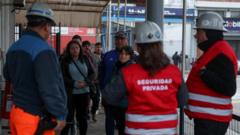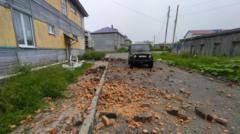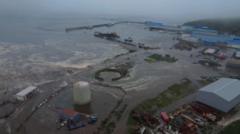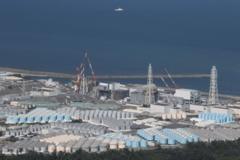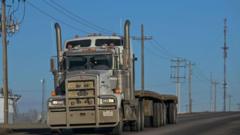As natural disasters can occur without warning, preparation is key for safety in quake zones worldwide.
**How to Stay Safe During Earthquakes While Traveling**

**How to Stay Safe During Earthquakes While Traveling**
Essential tips for travelers heading to earthquake-prone areas.
As popular destinations such as California, Japan, and Mexico lie in active seismic areas, being aware of earthquake safety is crucial for travelers. Recently, a powerful 7.7-magnitude earthquake struck central Myanmar, causing widespread destruction and claiming over 3,500 lives. The shockwaves even reached bustling Bangkok, causing chaotic scenes as pools overflowed from high-rise hotels.
While scientists cannot predict the precise time or place of the next earthquake, prospective travelers can take proactive measures to safeguard themselves. First, it’s advisable to research the seismic activity of your intended destination prior to your trip. Understand the local emergency protocols and identify agencies that provide guidance during emergencies.
Moreover, many regions now have earthquake early-warning systems, which use a network of sensors to detect seismic activity and alert citizens moments before shaking starts. Having seconds to prepare can be critical, as emphasized by U.S. Geological Survey scientist Sara McBride through examples from previous seismic events.
Travelers can enhance their preparedness by downloading quake alert applications available for various countries, such as SASSLA in Mexico, NERV in Japan, or MyShake in the U.S. Additionally, ensure to register with the State Department's Smart Traveler Enrollment Program and share your travel itinerary with trusted friends or family—communication lines can be disrupted during major quakes.
By taking these steps, you can significantly enhance your safety and peace of mind while exploring beautiful but seismic-prone locations around the world.
While scientists cannot predict the precise time or place of the next earthquake, prospective travelers can take proactive measures to safeguard themselves. First, it’s advisable to research the seismic activity of your intended destination prior to your trip. Understand the local emergency protocols and identify agencies that provide guidance during emergencies.
Moreover, many regions now have earthquake early-warning systems, which use a network of sensors to detect seismic activity and alert citizens moments before shaking starts. Having seconds to prepare can be critical, as emphasized by U.S. Geological Survey scientist Sara McBride through examples from previous seismic events.
Travelers can enhance their preparedness by downloading quake alert applications available for various countries, such as SASSLA in Mexico, NERV in Japan, or MyShake in the U.S. Additionally, ensure to register with the State Department's Smart Traveler Enrollment Program and share your travel itinerary with trusted friends or family—communication lines can be disrupted during major quakes.
By taking these steps, you can significantly enhance your safety and peace of mind while exploring beautiful but seismic-prone locations around the world.






